Red-eared Slider Turtle
- April 3, 2024
- 0 comment
The Red-eared Slider Turtle, scientifically known as Trachemys scripta elegans, is a captivating reptile native to the southern United States. It’s easily recognizable by the striking red markings behind each eye, which give it its name. These turtles are commonly found in freshwater habitats such as ponds, lakes, and rivers, where they spend their days basking in the sun and foraging for food. Red-eared sliders are omnivores, feeding on a variety of aquatic plants, insects, small fish, and crustaceans. They are popular pets worldwide due to their attractive appearance and relatively low maintenance requirements.
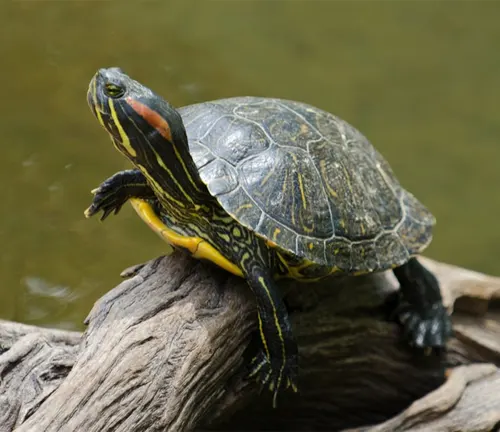
However, owning a Red-eared Slider Turtle comes with responsibilities, including providing adequate space, clean water, and a balanced diet. Understanding their needs is crucial for ensuring their well-being and conservation. With proper care and attention, these fascinating turtles can live long and healthy lives both in the wild and in captivity.
| Specification | Description |
|---|---|
| Scientific Name | Trachemys scripta elegans |
| Common Name | Red-eared Slider Turtle |
| Appearance | Dark green carapace with yellow stripes and spots, red patches behind each eye |
| Size | Adults typically reach lengths of 8 to 12 inches (20 to 30 centimeters) |
| Habitat | Freshwater habitats such as ponds, lakes, rivers, and marshes |
| Diet | Omnivorous, feeding on aquatic plants, insects, small fish, and crustaceans |
| Behavior | Diurnal (active during the day), skilled swimmers and baskers |
| Lifespan | Can live for several decades in captivity, with some individuals reaching over 30 years of age |
| Reproduction | Breeding occurs in spring and early summer, females lay clutches of eggs near water bodies |
| Conservation Status | Considered invasive in some regions due to negative impact on native ecosystems |
| Legal Considerations | Regulations regarding ownership vary by region, it’s essential to check local laws before acquiring one as a pet |
| Interesting Fact | Capable of absorbing oxygen through their skin while submerged underwater |
Understanding the Red-eared Slider Turtle

Red-eared slider turtles (Trachemys scripta elegans) are one of the most recognizable and commonly kept turtles in the world. Their distinct red stripes behind each eye give them their name and make them easily identifiable. Let’s delve into the fascinating world of these aquatic reptiles and learn more about their characteristics, habitat, behavior, and more.
Red-eared slider turtles, often simply referred to as red-eared sliders, belong to the family Emydidae and are native to the southern United States. However, they have been introduced to various regions worldwide due to their popularity as pets.
Physical Characteristics
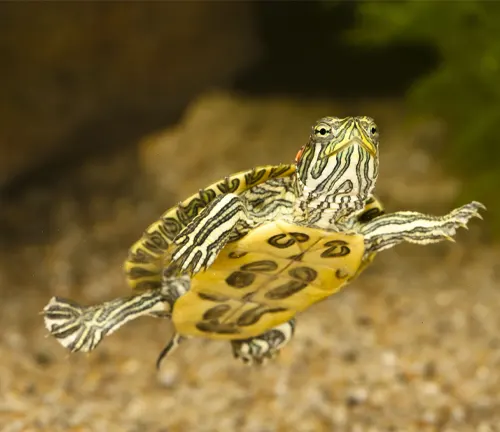
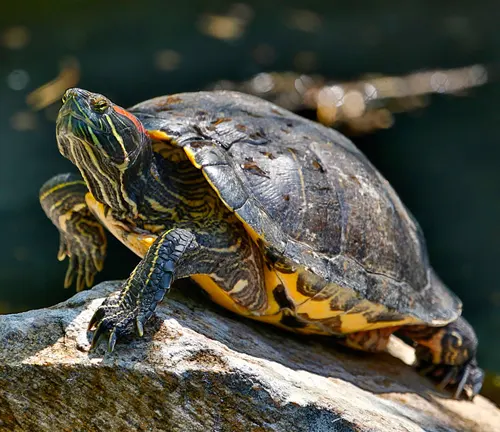
The Red-eared Slider Turtle, scientifically known as Trachemys scripta elegans, boasts distinctive physical characteristics that set it apart from other turtle species. Its shell, or carapace, typically displays a dark green hue adorned with striking yellow stripes or spots. However, what truly distinguishes the Red-eared Slider are the vibrant red patches located behind each eye, giving rise to its name. With relatively small heads and clawed limbs, these turtles possess a sleek and streamlined appearance, perfectly suited for their aquatic lifestyle.
Habitat and Distribution


Red-eared Slider Turtles are primarily inhabitants of freshwater ecosystems, favoring ponds, lakes, rivers, and marshes with ample vegetation and basking spots. Originally native to the southern United States, particularly the Mississippi River basin, they have since been introduced to various regions worldwide, thriving in diverse habitats with suitable conditions.
Behavior and Diet
Breeding among Red-eared Slider Turtles typically occurs during the spring and early summer months. Female turtles lay their eggs in sandy or gravelly soil near water bodies, where they undergo an incubation period lasting approximately two to three months. This reproductive process is vital for sustaining the population of these remarkable reptiles.
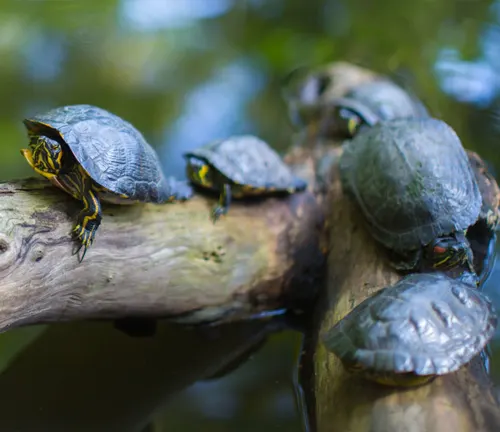
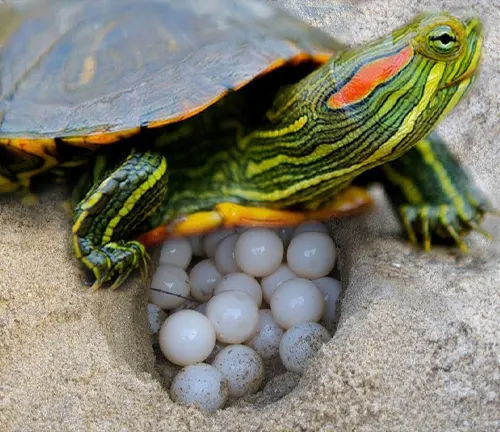
Reproduction
Breeding typically occurs in the spring and early summer. Female red-eared sliders lay clutches of eggs in sandy or gravelly soil near water bodies. The eggs hatch after an incubation period of approximately two to three months, depending on environmental conditions.
Common Health Issues
Despite their resilience, Red-eared Slider Turtles are susceptible to various health issues, including shell rot, respiratory infections, and metabolic bone disease. Adequate husbandry practices, such as maintaining clean water, providing proper lighting and nutrition, and regular veterinary check-ups, are essential for safeguarding their well-being.
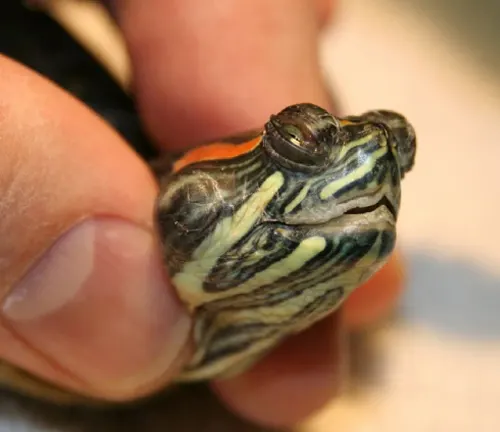
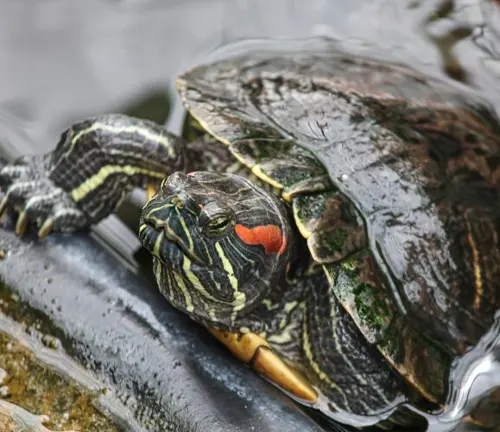
Red-eared Slider Turtle as Pets
The allure of Red-eared Slider Turtles as pets is undeniable, thanks to their captivating appearance and relatively low maintenance requirements. However, prospective owners must be prepared to provide adequate space, proper habitat setup, and a commitment to long-term care. Education about responsible pet ownership is crucial to ensure the welfare of these turtles and prevent potential environmental impacts.
Legal and Ethical Considerations
As with any pet ownership, legal and ethical considerations surrounding Red-eared Slider Turtles are paramount. Regulations regarding their ownership and trade vary by region, with some areas imposing restrictions or requiring permits. Additionally, ethical considerations include responsible breeding practices, avoiding the release of non-native turtles into the wild, and supporting conservation efforts.
Conservation Efforts
Efforts to conserve native turtle species and mitigate the impact of invasive Red-eared Slider populations are ongoing. Conservation organizations work tirelessly to protect critical habitats, raise awareness about responsible pet ownership, and promote sustainable trade practices. Collaboration between government agencies, conservation groups, and the public is crucial for achieving conservation goals.
Interactions with Humans
Red-eared Slider Turtles have complex relationships with humans, serving as beloved pets for some while posing challenges as invasive species in others. Responsible stewardship, including proper habitat management, education, and advocacy, is essential for fostering positive interactions and ensuring the long-term survival of these fascinating reptiles.
Interesting Facts about Red-eared Slider Turtles
- Red-eared sliders can live for several decades in captivity, with some individuals reaching over 30 years of age.
- They are capable of absorbing oxygen through their skin while submerged underwater.
- The red markings on their heads fade as they age, becoming less vibrant in adulthood.
Tips for Responsible Ownership
- Provide a spacious enclosure with both aquatic and terrestrial areas.
- Maintain clean water with proper filtration and regular water changes.
- Offer a varied diet consisting of commercial turtle pellets, leafy greens, and occasional treats like insects or fish.
Different Species
Yellow-bellied Slider
(Trachemys scripta scripta)
This subspecies is native to the southeastern United States and is characterized by its yellow plastron (underside of the shell) and distinctive red markings on the head, similar to the Red-eared Slider.
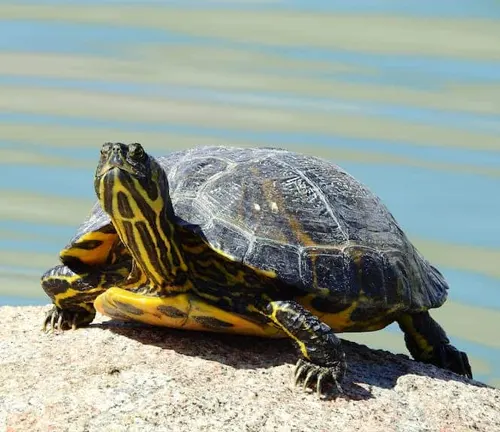
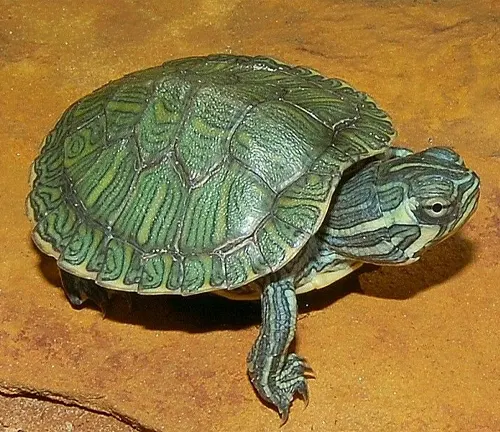
Cumberland Slider
(Trachemys scripta troostii)
Found in the Cumberland River drainage area of the United States, this subspecies typically has a darker carapace (shell) with less prominent yellow markings compared to the Red-eared Slider.
Rio Grande Slider
(Trachemys scripta elegans)
Native to the Rio Grande drainage area in the southwestern United States and northeastern Mexico, this subspecies is similar in appearance to the Red-eared Slider but may exhibit slight variations in coloration and pattern.
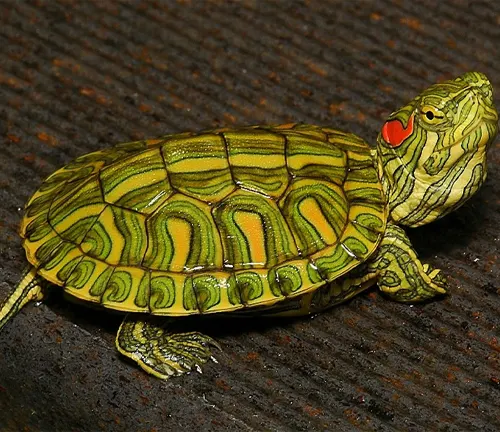
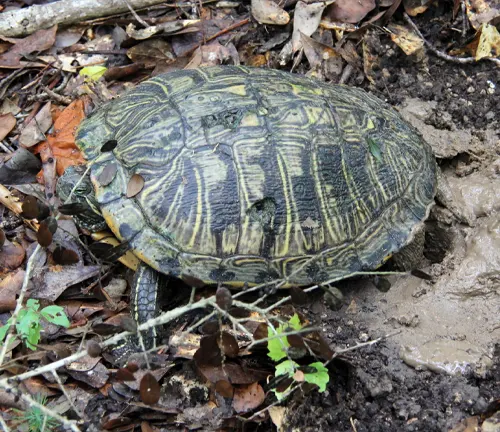
Texas Slider
(Trachemys scripta elegans)
Endemic to Texas, this subspecies closely resembles the Red-eared Slider but is typically smaller in size and may have variations in coloration.
Yellow-bellied Red-eared Slider
(Trachemys scripta scripta x Trachemys scripta elegans)
Hybrids between the Yellow-bellied Slider and the Red-eared Slider can occur in areas where their ranges overlap, resulting in individuals with characteristics of both subspecies.
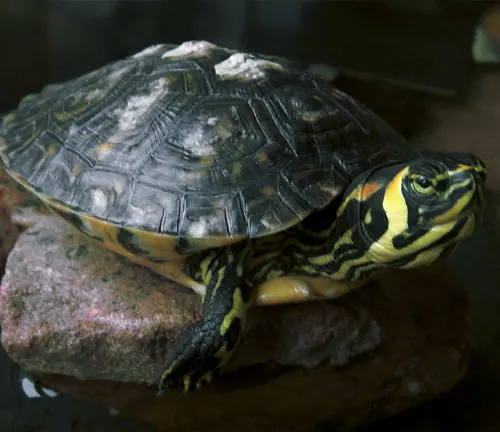
Frequently Asked Questions (FAQs)
- What should I feed my red-eared slider turtle?
Many owners wonder about the best diet for their red-eared sliders. A balanced diet for these turtles includes commercial turtle pellets, leafy greens, vegetables, and occasional treats like insects or fish. - How often should I clean my red-eared slider’s tank?
Tank cleanliness is essential for the health of red-eared sliders. Owners should perform partial water changes and clean the tank substrate regularly to remove waste and debris. The frequency of cleaning depends on factors like tank size and the number of turtles. - Do red-eared sliders need a basking area?
Providing a basking area is crucial for red-eared sliders as it allows them to regulate their body temperature and dry off properly. A basking spot with a heat lamp or UVB light should be included in their habitat setup. - Can red-eared sliders be kept outdoors?
While red-eared sliders can thrive in outdoor ponds in warm climates, careful consideration must be given to factors like predator protection, water quality, and temperature regulation. Owners should research thoroughly and provide a suitable outdoor environment if opting for this setup. - How do I know if my red-eared slider is sick?
Recognizing signs of illness in red-eared sliders is essential for prompt veterinary care. Symptoms of illness may include lethargy, loss of appetite, abnormal shell or skin appearance, respiratory issues, or unusual behavior. - How can I tell the gender of my red-eared slider turtle?
Determining the gender of red-eared sliders can be challenging, especially in juveniles. Males typically have longer front claws, longer tails, and a concave plastron, while females often have shorter claws, shorter tails, and a flat or slightly convex plastron. - Do red-eared sliders need a water filter?
Yes, providing a water filter is essential for maintaining clean and healthy water conditions in a red-eared slider’s tank. Filters help remove waste, excess food, and other debris, contributing to overall water quality. - Can red-eared sliders live in brackish water?
While red-eared sliders are primarily freshwater turtles, they can tolerate slightly brackish water for short periods. However, prolonged exposure to brackish conditions may negatively impact their health and well-being. - How long do red-eared sliders live?
Red-eared sliders have the potential for long lifespans, often living for several decades in captivity with proper care. Some individuals may even exceed 30 years of age, making them long-term commitments for owners. - Are red-eared sliders aggressive?
Red-eared sliders are generally not aggressive towards humans but may display territorial behavior or aggression towards other turtles, especially during mating or feeding. Providing adequate space and enrichment can help minimize aggression in captive environments.










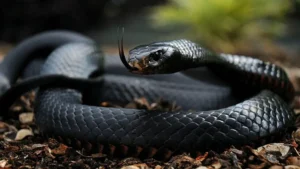


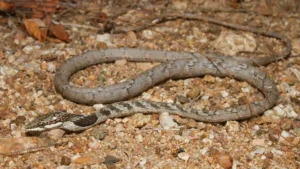
Leave your comment